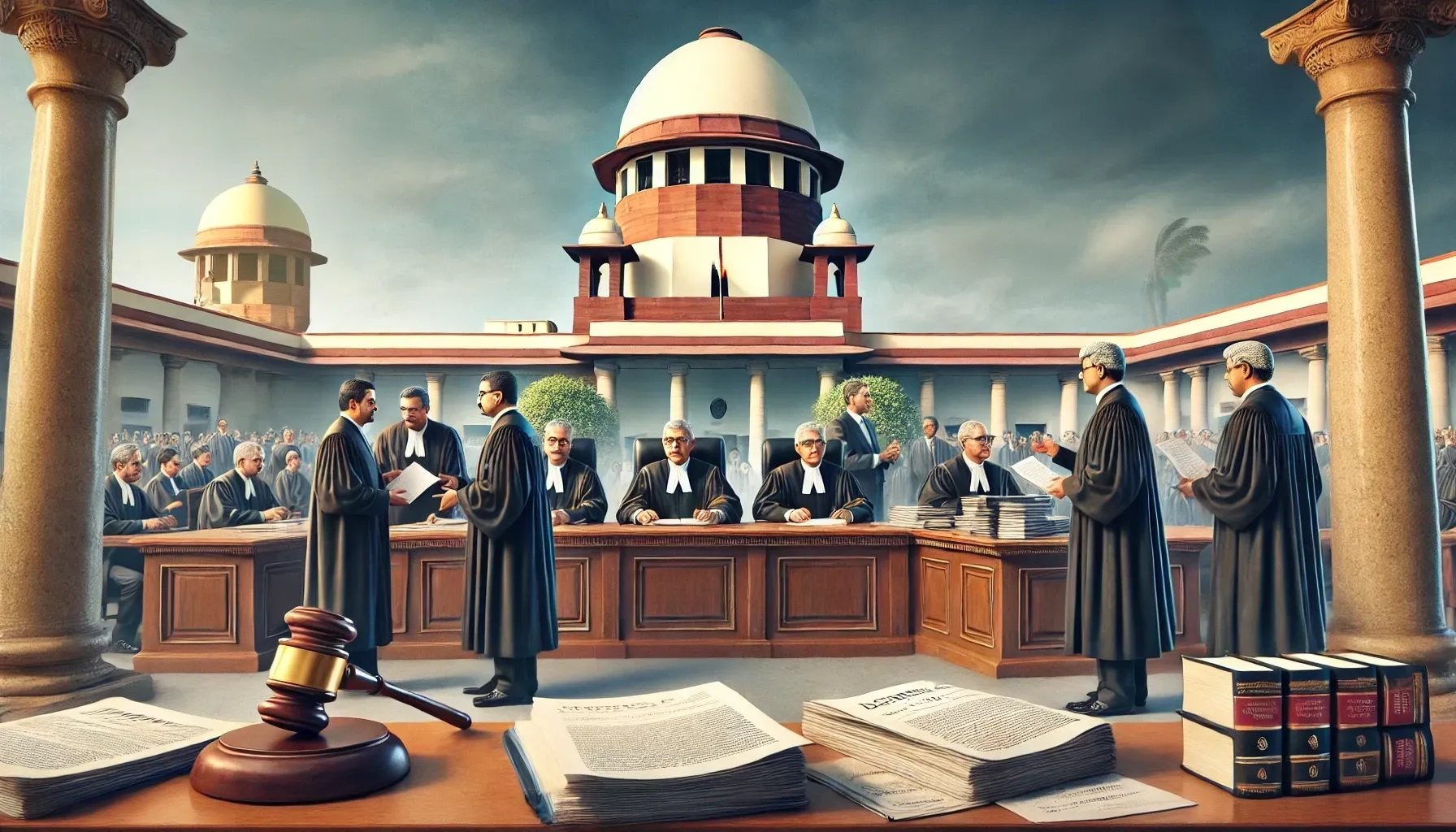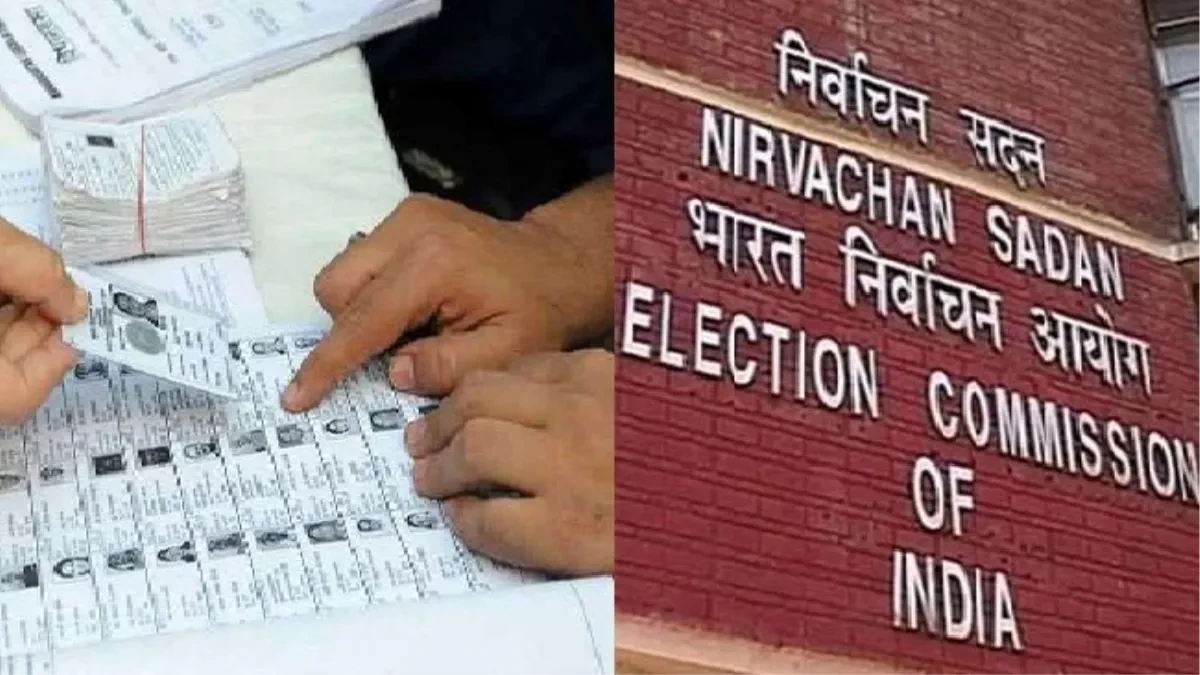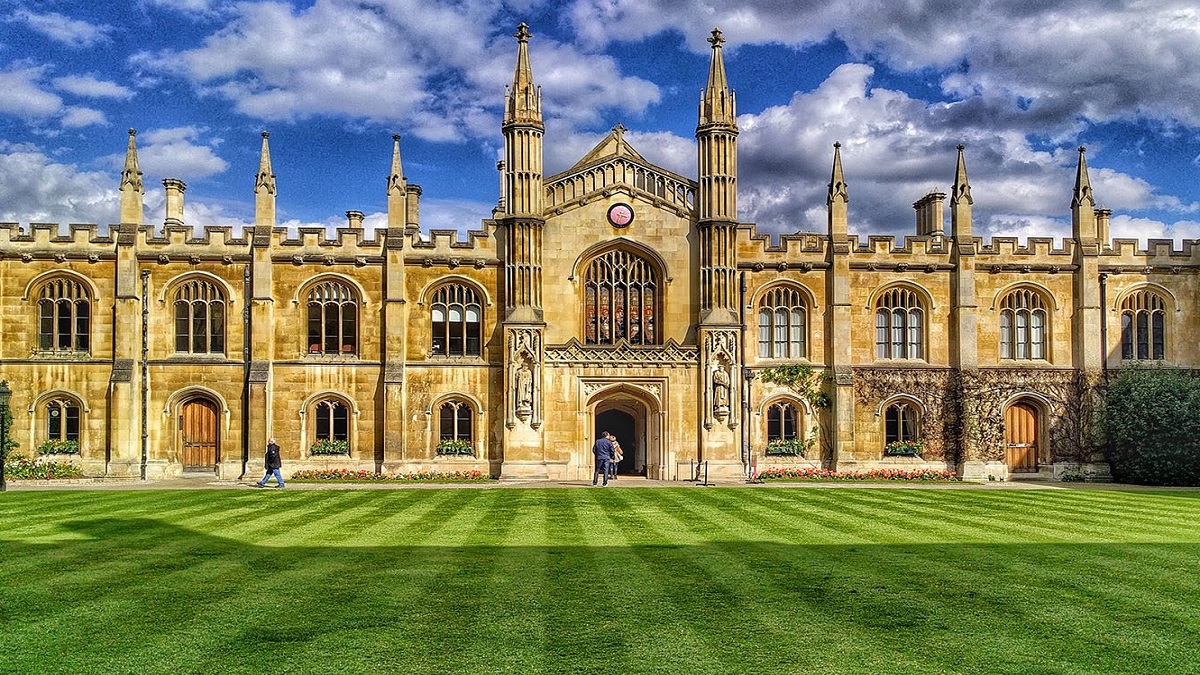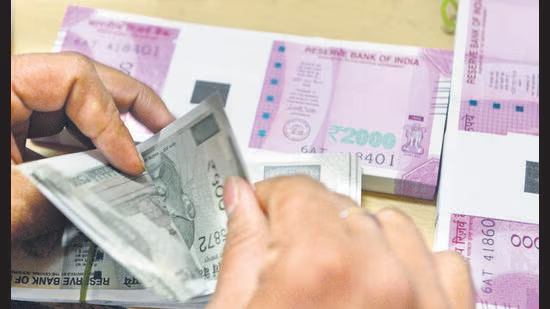- Courses
- GS Full Course 1 Year
- GS Full Course 2 Year
- GS Full Course 3 Year
- GS Full Course Till Selection
- Answer Alpha: Mains 2025 Mentorship
- MEP (Mains Enrichment Programme) Data, Facts
- Essay Target – 150+ Marks
- Online Program
- GS Recorded Course
- Polity
- Geography
- Economy
- Ancient, Medieval and Art & Culture AMAC
- Modern India, Post Independence & World History
- Environment
- Governance
- Science & Technology
- International Relations and Internal Security
- Disaster Management
- Ethics
- NCERT Current Affairs
- Indian Society and Social Issue
- NCERT- Science and Technology
- NCERT - Geography
- NCERT - Ancient History
- NCERT- World History
- NCERT Modern History
- CSAT
- 5 LAYERED ARJUNA Mentorship
- Public Administration Optional
- ABOUT US
- OUR TOPPERS
- TEST SERIES
- FREE STUDY MATERIAL
- VIDEOS
- CONTACT US
Doctrine of Merger
Doctrine of Merger
27-02-2025

What is the Doctrine of Merger?
The "Doctrine of Merger" in law states that once a higher court makes a final decision on an appeal, the lower court's judgment is considered to have "merged" with the appellate court's decision, meaning the lower court's judgment no longer exists independently and is now part of the final ruling from the higher court;
Reason Behind the Doctrine:
- This doctrine ensures that the decisions of1 the lower courts are respected and that the decisions of higher courts prevail, reinforcing the hierarchy of courts.
- It prevents conflicting decisions on the same legal issue, ensuring there is no confusion or contradictory rulings.
- Once the higher court decides, that’s the final word on the case. The issue is resolved, and it doesn’t keep coming back to court again and again. This gives people a clear answer and stops the same issue from being argued over for years.
Exceptions to the Doctrine of Merger:
- Dismissal on Grounds of Limitation or Lack of Jurisdiction: If a higher court dismisses an appeal for procedural reasons, such as time limitations or lack of jurisdiction, the doctrine doesn't apply. This is because no decision on the merits was made by the higher court.
- Remand for Fresh Consideration: When a higher court sends the case back to the lower court for further examination, the lower court's decision doesn’t merge with the higher court’s judgment.
- Extraordinary Jurisdiction under Article 136: If the Supreme Court exercises its extraordinary jurisdiction under Article 136 (which allows it to hear cases that would not normally be heard), the doctrine may not apply in certain cases.
|
Article 136 of the Constitution of India deals with the Special Leave to Appeal to the Supreme Court:
|
Criticisms of the Doctrine of Merger:
- Critics argue that this doctrine can be too rigid, not allowing for the rectification of errors in the lower courts’ decisions once they’ve merged with the appellate decision.
- Since the lower court's decision merges with the appellate court's decision, correcting judicial errors becomes more difficult, even if the lower court made a mistake.
Landmark Cases:
- Kunhayammed v. State of Kerala (2000): The Supreme Court explained that the doctrine does not automatically apply in every case. The application depends on the nature of the jurisdiction and the issues at hand.
- State of Madras v. Madurai Mills Co. Ltd. (1967): This case established that when an appeal is filed and the appellate court modifies the lower court’s decision, the lower court’s decree merges with the appellate court's decision.
- Gojer Bros. (P) Ltd. v. Ratan Lal Singh (1974): The Supreme Court ruled that even if an appeal is dismissed without a speaking order, the doctrine of merger still applies, meaning the lower court’s judgment merges with the higher court’s ruling.
This doctrine plays an important role in ensuring that legal disputes are resolved efficiently and conclusively, but it can also create limitations on revisiting earlier decisions.



